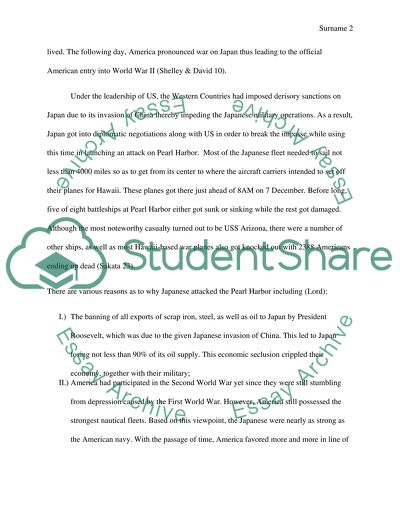Cite this document
(“The Pearl Harbor Attack Research Paper Example | Topics and Well Written Essays - 1500 words”, n.d.)
Retrieved de https://studentshare.org/history/1451203-pearl-habor-attack
Retrieved de https://studentshare.org/history/1451203-pearl-habor-attack
(The Pearl Harbor Attack Research Paper Example | Topics and Well Written Essays - 1500 Words)
https://studentshare.org/history/1451203-pearl-habor-attack.
https://studentshare.org/history/1451203-pearl-habor-attack.
“The Pearl Harbor Attack Research Paper Example | Topics and Well Written Essays - 1500 Words”, n.d. https://studentshare.org/history/1451203-pearl-habor-attack.


